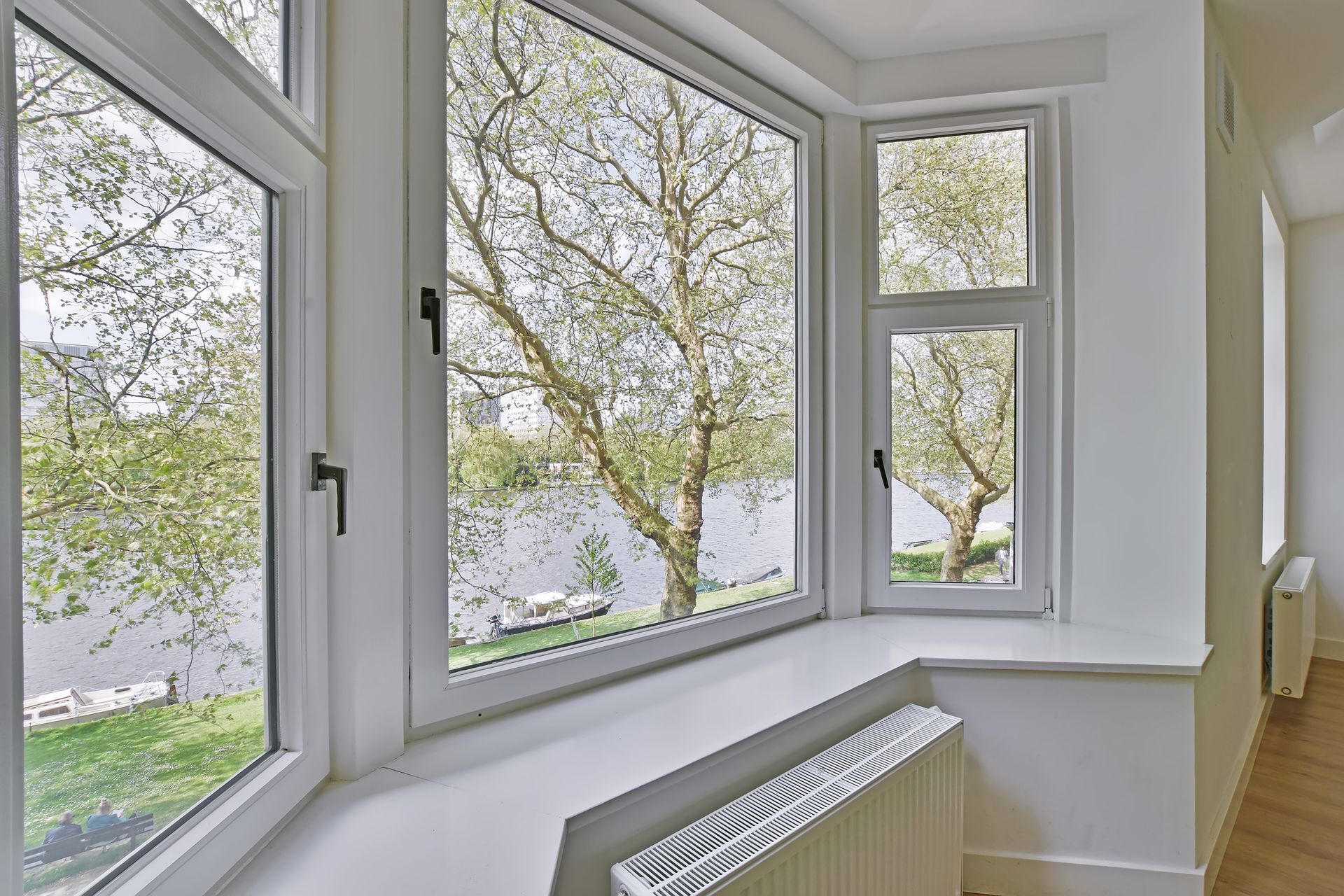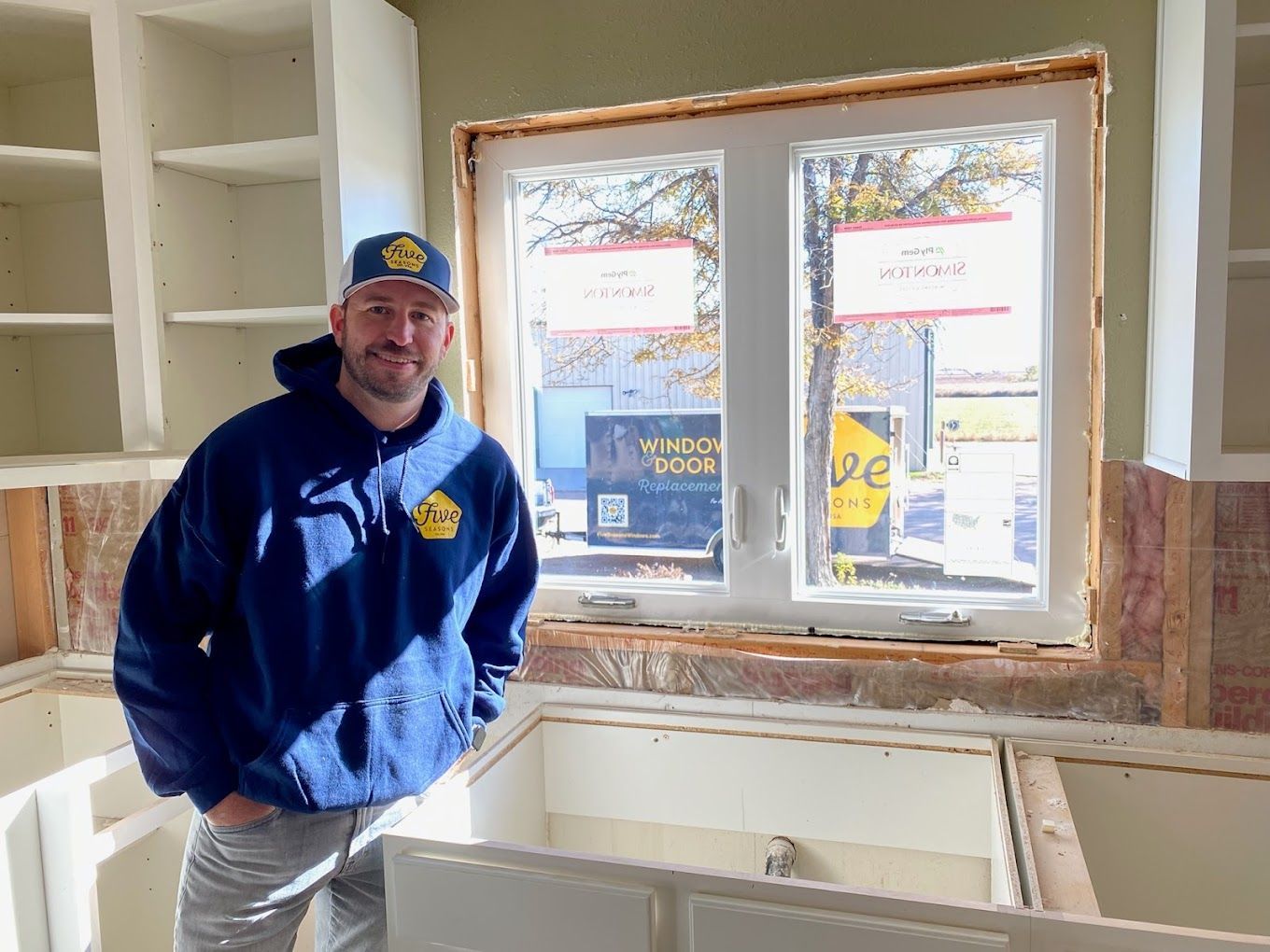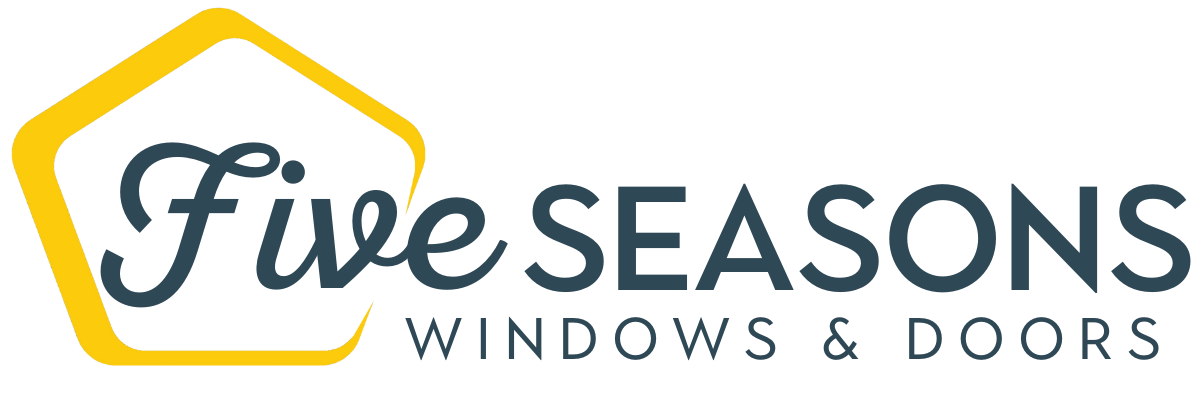In Colorado’s climate, double-pane glass and Low-E glass serve different but complementary roles. Double-pane windows provide the essential insulation needed to withstand Colorado’s temperature swings and snow, while Low-E coatings improve energy efficiency by reflecting UV and infrared rays—keeping homes cooler in summer and warmer in winter. The best option isn’t choosing one over the other—but combining both: double-pane windows with Low-E coatings deliver optimal performance for Colorado homes.
According to the U.S. Department of Energy, Low-E coatings can reduce heat loss by 30–50% compared to clear, uncoated windows. When paired with a double-pane structure filled with argon gas, this setup increases thermal resistance and reduces solar heat gain—two critical factors in Colorado's high-altitude climate.
For homeowners in Colorado, understanding the difference between double pane and Low-E glass can make a noticeable impact on energy savings, comfort, and window longevity. This article will walk you through how each works, how they compare, and which one (or combination) is best suited for Colorado’s unique mix of elevation, sunshine, and snow.
What Is Double Pane Glass?
Double pane glass—also called dual-pane or insulated glass—consists of two layers of glass separated by a sealed air or gas-filled space. This structure helps reduce heat transfer, noise, and condensation compared to single-pane windows. The air gap between the panes acts as an insulator, and often, inert gases like argon or krypton are used instead of air to improve thermal performance.
For Colorado residents, this insulation is crucial. With winter temperatures dipping below freezing and summer days exceeding 90°F, double pane windows help keep indoor temperatures stable and reduce the workload on HVAC systems.
Benefits of double-pane windows:
● Improved thermal insulation
● Noise reduction
● Reduced condensation and frost buildup
● Increased energy efficiency compared to single-pane options
While double pane glass is now standard in most modern windows, not all double panes offer the same performance. The presence of gas fills and advanced sealing techniques greatly impacts effectiveness.

What Is Low-E Glass?
Low-E, or low-emissivity, glass features a microscopically thin coating—typically made of metallic oxides—that reflects infrared and ultraviolet light. This coating lets visible light in while blocking much of the heat and harmful UV rays.
In Colorado, where solar exposure is intense due to high elevation and thinner atmosphere, Low-E glass reduces solar heat gain during summer and helps retain indoor heat during winter. That makes it especially helpful for south- or west-facing windows that receive direct sunlight.
Benefits of Low-E glass:
● Blocks UV rays that can fade furniture and flooring
● Reduces heat loss in winter and heat gain in summer
● Maintains more consistent indoor temperatures
● Lowers energy costs by easing HVAC demand
Low-E glass doesn’t impact visibility or brightness but significantly enhances comfort year-round. The performance of Low-E coatings can vary depending on the type (e.g., passive vs. solar control), so it’s essential to match the coating type with the window’s orientation and local climate.
How They Compare for Colorado Homes
Insulation vs. Reflection: Double-pane glass insulates by trapping air or gas between two panes, while Low-E glass reflects thermal energy. For Colorado’s cold winters and sunny summers, both are necessary.
Cost Difference: Double-pane windows are usually less expensive than Low-E options, but many modern windows come with both by default. Adding Low-E to an existing double-pane window is typically a modest upgrade in cost with a big impact on performance.
Energy Efficiency: On their own, double-pane windows reduce heat transfer but can still allow solar heat to enter. Low-E glass enhances efficiency by managing that solar energy. Combined, they drastically cut energy bills in Colorado homes.
Climate Adaptability: At higher elevations like Colorado’s Front Range, UV exposure is more intense. Low-E coatings are particularly effective here, reducing indoor overheating without darkening the room. Meanwhile, the double-pane structure guards against cold infiltration and keeps winter utility bills manageable.
In summary, Colorado homes benefit most from using double-pane windows with Low-E coatings. It’s not about choosing one or the other—they work best together.
The Ideal Combination: Double Pane + Low-E Glass
For Colorado’s climate, the gold standard is a double-pane window with a Low-E coating and argon gas fill. This configuration delivers high insulation, solar control, and protection from UV rays without sacrificing visibility.
Look for features like:
● Low-E2 or Low-E3 coatings
● Argon or krypton gas fills
● Warm-edge spacers to improve seal durability
● ENERGY STAR® certification for the Mountain Region
Most reputable window manufacturers offer these features as part of their energy-efficient window packages. Installation is just as important—poorly installed windows can negate the benefits of advanced glass technologies.
Upgrading to these combined systems can reduce heat loss by 30–50% compared to single-pane windows, making them a smart investment for long-term energy savings and comfort.
Common Misconceptions
Myth: You have to choose one—either double pane or Low-E.
Reality: You can and should have both. The technologies work together, not separately.
Myth: Low-E glass makes your home darker.
Reality: Modern Low-E coatings are nearly invisible and allow in plenty of natural light.
Myth: You don’t need Low-E in winter.
Reality: Low-E helps keep indoor heat inside during winter, reducing energy loss.
Myth: Colorado doesn’t need energy-efficient windows because it’s sunny.
Reality: Sunlight doesn’t equal warmth in winter, and UV exposure is higher at altitude—making efficient glass more important.
People Also Ask About Double Pane and Low-E Glass
Is Low-E glass better than double-pane glass in Colorado?
No—neither one is universally better. Low-E glass and double-pane glass serve different functions: the former controls solar radiation and UV exposure, while the latter provides essential insulation. In Colorado, which experiences both freezing winters and high solar intensity, combining both technologies ensures year-round energy efficiency, comfort, and protection for your interiors.
Can I add Low-E to existing double-pane windows?
Sometimes. You can apply aftermarket Low-E window films, but these are less durable and less effective than factory-applied coatings. Authentic Low-E glass has its coating built into the glazing during the manufacturing process, which offers better performance and longevity. If energy savings and comfort are a priority, upgrading to new units with integrated Low-E and double-pane construction is the more reliable solution.
Are triple-pane windows better than double-pane with Low-E?
In very cold or high-noise environments, triple-pane windows may offer additional benefits. However, they are heavier and more expensive. For most of Colorado, double-pane windows with Low-E coatings and argon gas fills offer an optimal mix of performance and value. Only consider triple-pane units if you’re in the mountains or want maximum insulation with a higher budget.
Does Low-E glass really save energy in Colorado?
Yes. Low-E glass reflects heat back into your home in winter and deflects solar heat in summer—critical in a climate like Colorado’s with big seasonal swings. According to the U.S. Department of Energy, Low-E coatings can cut energy loss through windows by 30–50%, translating into lower heating and cooling bills throughout the year.
What window rating should I look for in Colorado?
Focus on ENERGY STAR® certified windows for the Mountain or Northern regions. A U-factor of 0.30 or lower indicates good insulation, while the Solar Heat Gain Coefficient (SHGC) should be tailored to the window’s orientation. For example, a slightly higher SHGC may help south-facing windows warm your home in winter, while west-facing ones should have a lower SHGC to reduce afternoon heat.

Our Take
If you live in Colorado, choosing between double-pane and Low-E glass isn’t an either-or decision. You need both. The high elevation, intense sunlight, and wide temperature range make it essential to block UV rays, minimize heat loss, and insulate your home year-round.
Double-pane construction forms the insulation backbone, while Low-E coatings fine-tune your home’s solar control. Combine these features in your window replacement project to maximize efficiency, comfort, and long-term savings.
When shopping, ask about argon fills, spacer systems, and ENERGY STAR® ratings for Colorado’s region. And remember: even the best glass underperforms if installed incorrectly. Always work with a trusted professional to get the most from your investment.
Final Takeaway
For Colorado homeowners, the best window isn’t just double-pane or Low-E—it’s both. Double-pane glass insulates your home from extreme cold and heat, while Low-E coatings protect against solar overload and UV damage.
This combination not only enhances comfort and visibility but also significantly reduces your heating and cooling costs. When you’re evaluating window upgrades, prioritize this dual solution to match Colorado’s demanding climate.
And if you’re updating more than just windows, don’t miss our guide to another energy-smart upgrade: Top Options for Patio Door Replacement in Highlands Ranch Homes.
Get Started Today
Five Seasons Windows & Doors is Colorado’s top-rated local window company with 230+ 5-star reviews. We offer expert advice, no-pressure quotes, and flexible project options — including phased installs. Schedule your consult today.



